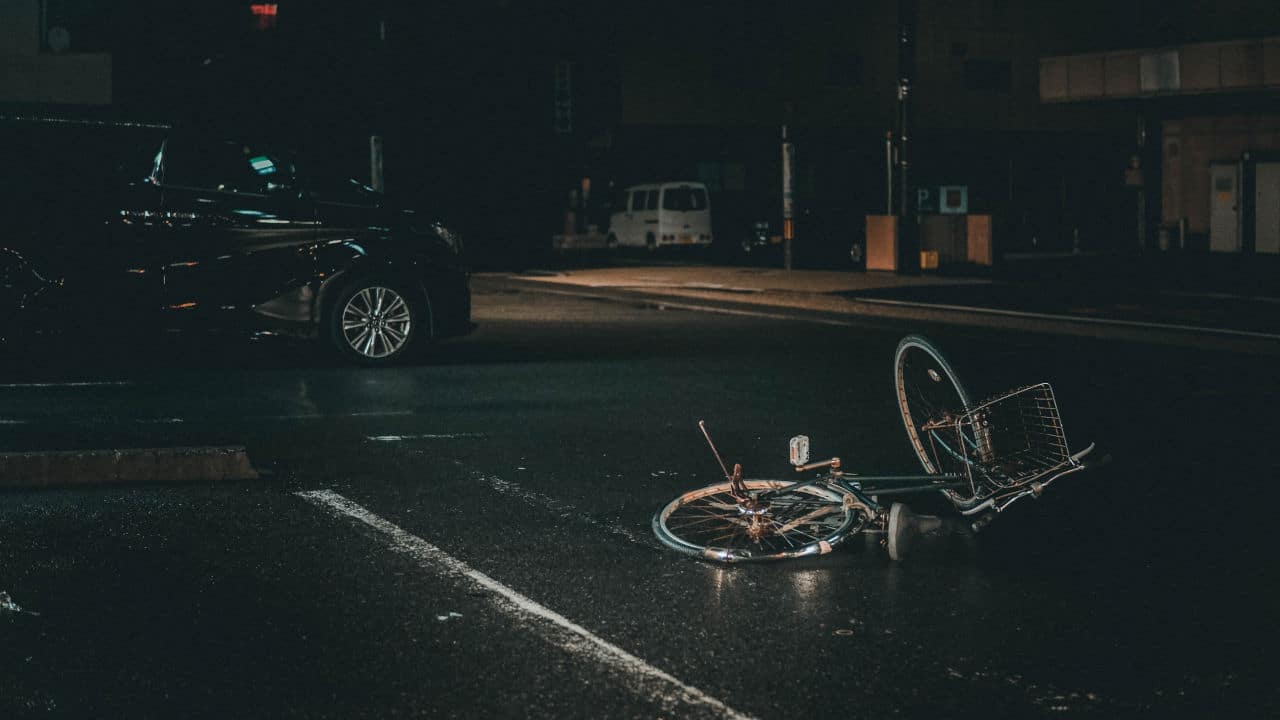In the world of crime, darkness is no little ally. Darkness equals no footage, no credible witness, and, frankly, no case. However, with nighttime animation created from forensic investigation, seeing is not only done with the eyes. A lot can be seen in the inspection of the site of an incident and a quick spin through tons of computerized programs.
This is why forensic science and animation have grown at par with crime investigation and litigation.
If a crime is committed at night with no street lamp and no CCTV footage, how can evidence be provided to support the guilt of the accused?
Even though circumstantial evidence can serve as a pointer, it is not enough to indict a person.
This is where nighttime litigation animation comes in.
Is Nighttime Animation A Credible Evidence In Court?
The answer to this question is quite simple.
Yes, it most definitely is.
It might interest you to know that litigation animations are not made for the sole purpose of creating motions across the screen that will wow the jury.
Litigation animations are presented as evidence to clarify, reconstruct and simplify the evidence.
Therefore, when an incident comes before a court of law, litigation animation is used to state the facts in all truthfulness to the court.
For nighttime animations, forensic science is employed in detecting who the villain is. Hence, since forensics is a science, accuracy is widely guaranteed.
According to the United States Department of Justice, “forensic science is a critical element of the criminal justice system. Forensic scientists examine and analyze evidence from crime scenes and elsewhere to develop objective findings that can assist in the investigation and prosecution of perpetrators of crime or absolve an innocent person from suspicion.”
With forensics science, animations of nighttime incidents can be accurate and reliable as long as laid down procedures and practices of forensics science are followed.
Tools of Forensics Science in Nighttime Litigation Animations
There are different branches of forensic science, and they each play a pivotal role in producing credible and reliable nighttime litigation animations. They are as follows:
- Trace evidence analysis
At every crime scene, there is usually a minute piece of evidence that is usually left behind.
When a crime is perpetrated in the nighttime, forensic trace evidence analysis can be used to determine the criminal’s identity.
According to the New Jersey State Police, trace evidence analysis is “the discipline of forensic science that deals with minute transfers of materials that cannot be seen with unaided eyes.”
If by any chance, the criminals take it upon themselves to rid the entire crime area of every single piece of evidence, other aspects of forensics science would take over and determine the perpetrator.
- Forensic pathology
Forensic pathologists determine the cause of death of a person by examining the corpse. It is an area of forensic science that discovers the cause of death by retrieving the victim’s medical history, blood and DNA analysis, toxicology, and obtaining samples.
- Forensic psychology
Forensic psychology is one of the most important aspects of forensic science.
Even without trace evidence, it is still possible to discover the perpetrator of a crime, whether at night or during the daytime.
The penchant of the criminal to act only at night is an essential aspect of an investigation for a forensic psychologist.
In an article by the American Psychology Association, it was stated that “forensic psychology emphasizes the application of research and experimentation in other areas of psychology (e.g., cognitive psychology, social psychology) to the legal arena. This would include applying results from studies such as cognitive psychology to legal questions.”
- Forensic geology
In an article by the Institution of Engineering and Technology, it was stated that “forensic geology, also known as geoforensics, is the analysis of soil evidence to help solve crimes. Such evidence found at a crime scene can be definitively incriminating in the hands of experts.”
Conclusion
Forensic science is broad and entails a lot of branches that are irreplaceable.
With all these aspects bound into one, it is possible to create credible nighttime animations according to the forensic experts’ opinion.





